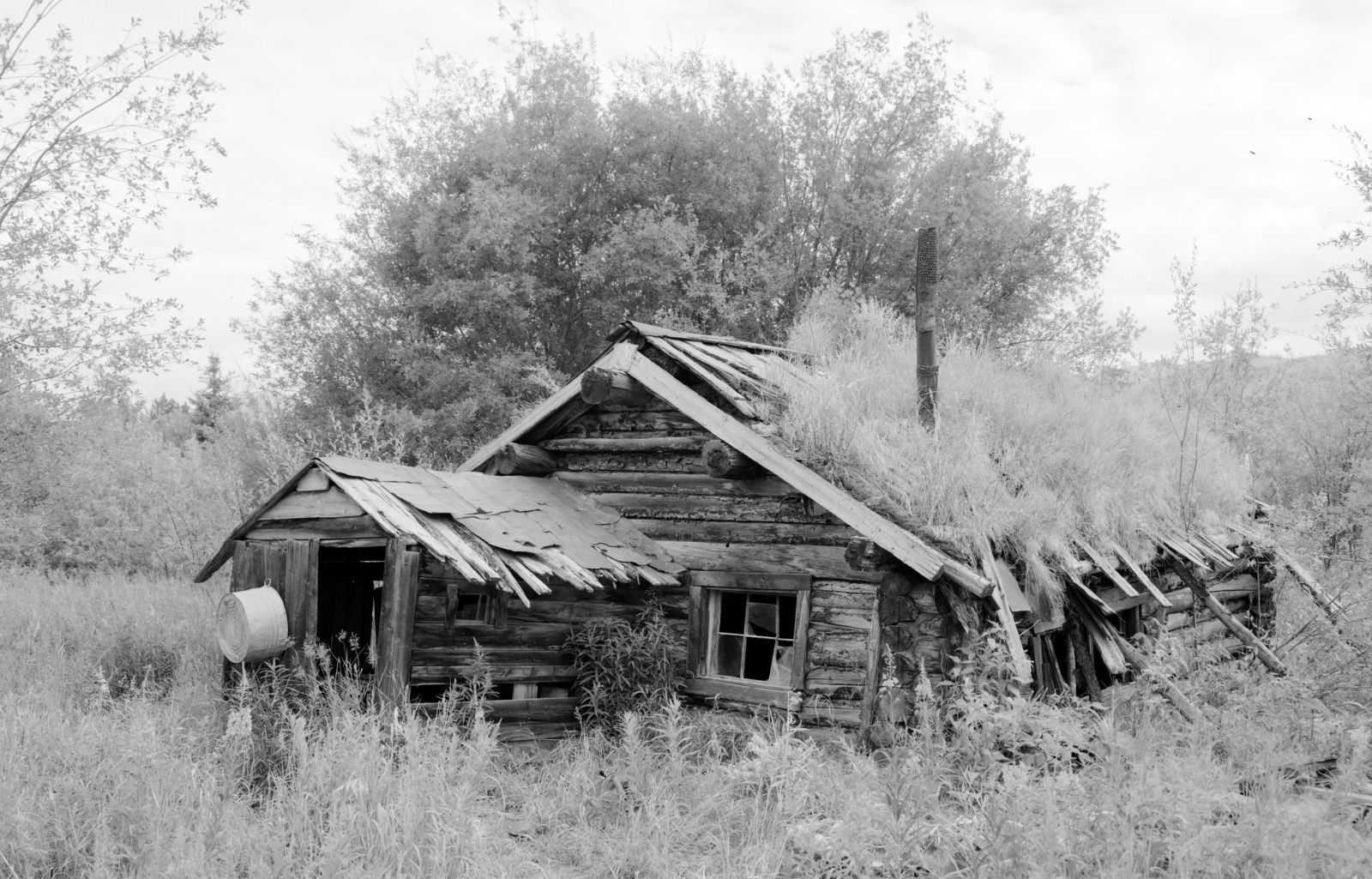The Last Gold Rush
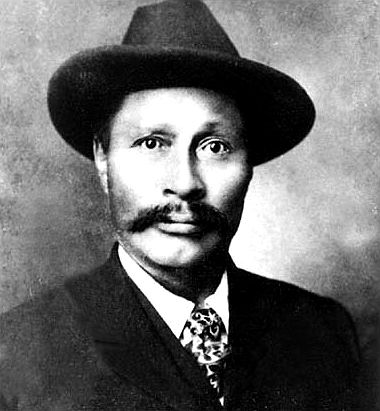
Before August 17, 1896, Americans had little interest in Alaska, a far off “district”—not even a territory—full of wolves and ice and forests. That attitude started to change 121 years ago today, when a Tagish Indian known as Skookum Jim spotted something shimmering among the stones in a creek near the Yukon River. The Klondike Gold Rush began as soon as news of the discovery reached the states, and between 1897 and 1899 1 in every 700 Americans abandoned home and set out for the “Golden River.”
More than a half million pounds of gold have been found in the Yukon since 1896. Yet the story of the men and women who did the mining is more valuable than all that ore. The sudden rush into the Northwest, as well as the equally sudden retreat, poses a big question. Why did so many late-nineteenth-century Americans decide to leave their farms and factories and search for gold in a faraway, brutal, and alien place?
The man whose discovery sparked that strange migration, Skookum Jim Mason, was himself a character from a different world. “Skookum” is slang for “super” in the Chinook language, and Jim certainly earned his nickname. Well-known as a packer (a mountaineering porter) for white men, Mason could supposedly heft hundreds of pounds of bacon down miles-long, rugged trails. He was said to have once killed a bear with an unloaded rifle and a pile of rocks. His greatest achievement, though, was simply bending over and picking a gold nugget out of Rabbit Creek.
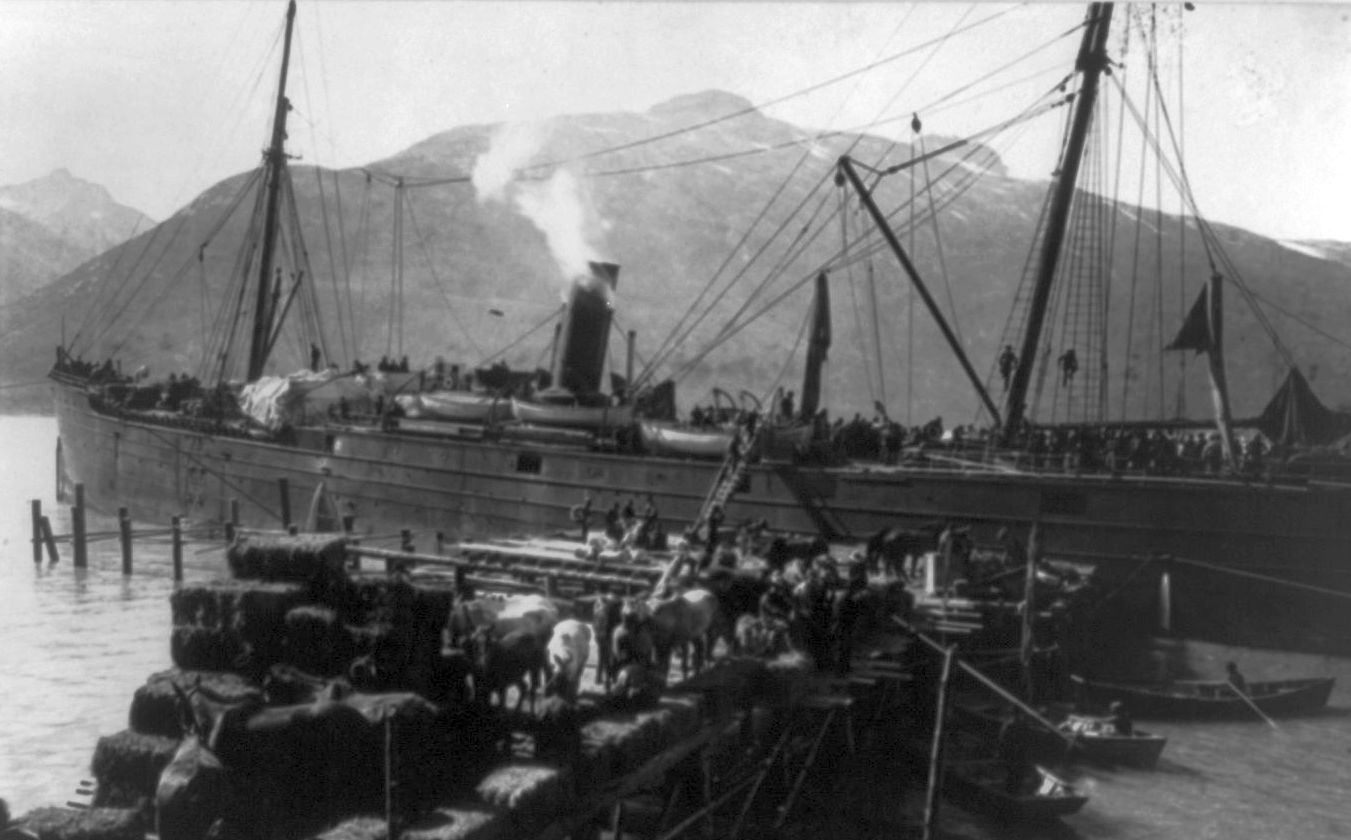
Eleven months later he and several relatives steamed into Seattle hauling bags bursting with nuggets and bottles filled with gold dust. The whole country soon buzzed with the news: A million dollars in gold had already been found, and there was plenty more just sitting in Alaska’s creeks and streams.
America was very susceptible to Klondike fever. The nation had just survived a devastating depression. At a time when workers were lucky to make 10 cents an hour, gold was worth $17 an ounce. A single nugget might equal a month’s wages.
Gold was also a hot political commodity. The gold-standard debate, about whether to continue to link every dollar solely to an amount of gold in the U.S. treasury, lay at the center of the 1896 Presidential election. William McKinley’s victory over William Jennings Bryan confirmed the metal as the basis of U.S. currency and proved that the nation was more than willing to “crucify mankind upon a cross of gold.”
Thousands of men and women left for Alaska within days of gold’s arrival in Seattle. Midwestern farmers, New York tailors, San Francisco criminals, Chicago meatpackers—overnight they all became prospectors. The urge was so widespread that even the mayor of Seattle quit his job to join the rush. Train fares plummeted, and packers’ fees fell 90 percent. Across the West Coast family dogs began disappearing, stolen by would-be miners to pull sleds across frozen trails.
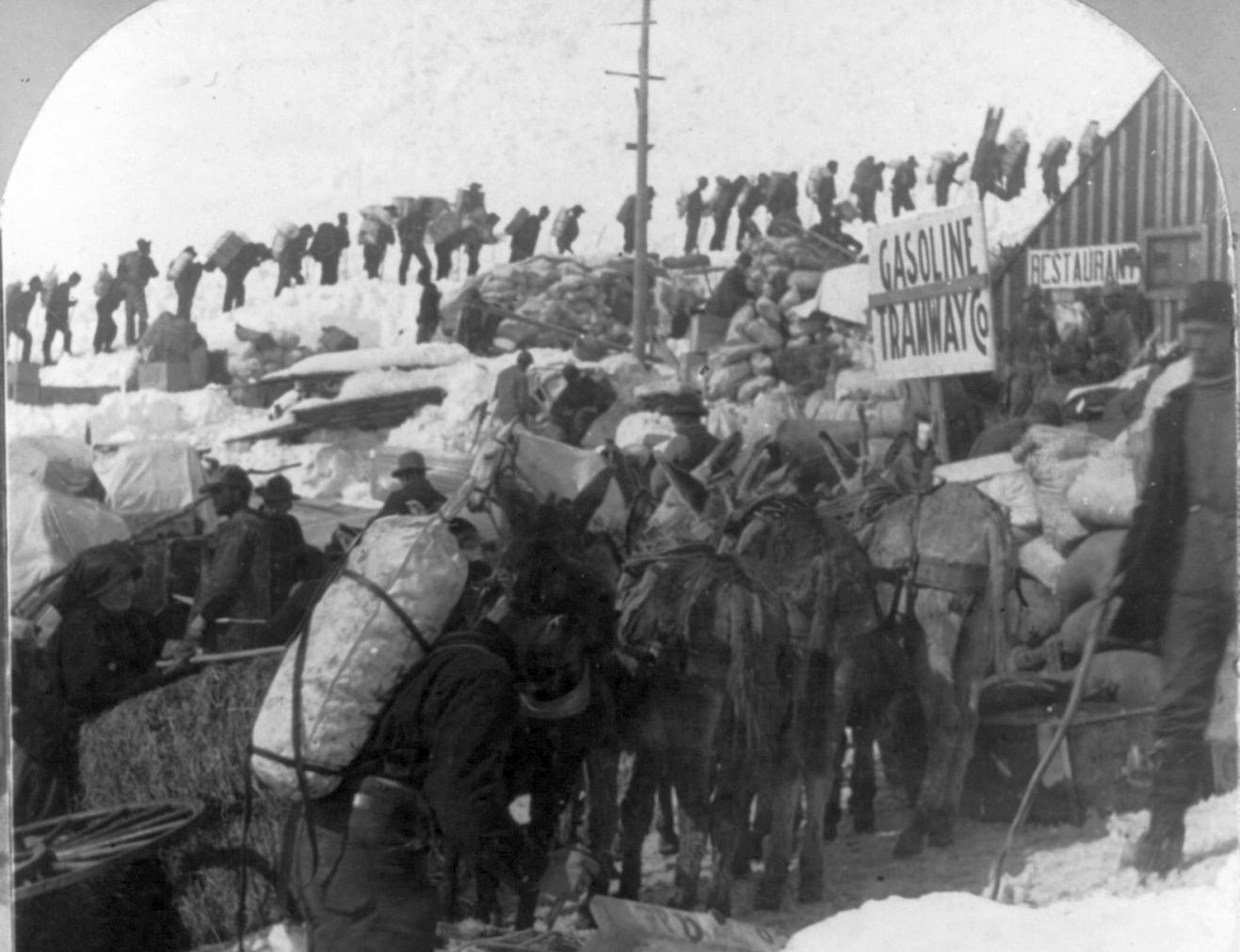
Tiny Alaskan ports burst at the seams as their populations exploded. Skagway, today home to 862 people, brimmed at one point with 10,000 male miners, 11 female miners, and 350 “professional women.” Though Mounties carefully organized the Canadian side of the rush, Skagway’s muddy streets represented the worst excesses of frontier life. One miner wrote that the town was “as patently a drunken eruption on the fair land’s face as is the pimple on a sot’s chin.”
The gold-seekers who flocked to Skagway planned to head on north across the Chilkoot Pass and then build boats to float up to the Yukon. So many followed this route, at least 30,000 a season, that the formerly pristine Chilkoot became a colossal traffic jam. Long lines of inexperienced backpackers stood for hours on mountain trails, waiting to cross the pass. The entire area was littered with fancy gear that seemed useful when bought in Seattle but proved too heavy for dogs to pull. The corpses of 3,000 horses, dead of exhaustion and abuse, were strewn along the trail. Prospectors had the curious experience of standing in line in the “wildest region yet remaining.”
Most turned back after the Chilkoot, though still 60 miles from the gold. Hardly any had mining experience, let alone the know-how to survive the bitter winters and soggy, mosquito-ridden springs. Most were just modern Americans who, driven by impulse, purchased tickets and mining equipment, tramped around the Yukon, and returned home empty-handed.
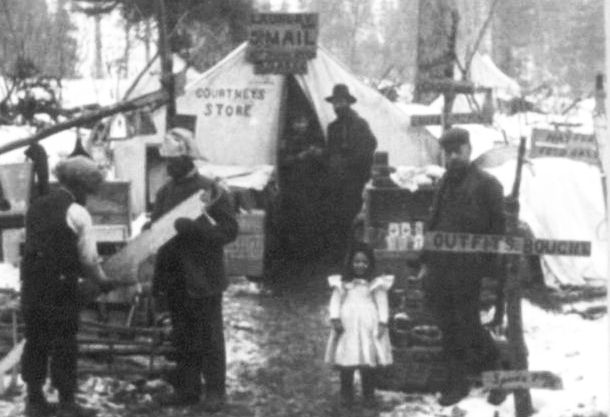
Railroads to the Klondike and cable systems for pulling luggage over steep passes made the journey easier by 1900. But by that time the fad had ended. There was still gold in the ground, but the crowds were gone. The sudden rush had evidently been motivated not only by a lust for that yellow metal but also by a desire to experience the receding wilderness of the Northwest, to make a pilgrimage to a disappearing America.
By 1896 America was a settled nation. Six years earlier the Census Bureau had officially declared there was no longer a frontier in the continental United States. Millions of Americans lived in cities and worked in factories. The nation had become, in the words of one miner, “city-trained, city-whitened, and city-softened.”
The Alaska Gold Rush was in part a final struggle against the triumph of civilization, as Jack London made clear in his classic novel The Call of the Wild. London tells the tale of a domesticated “Southland” dog that discovers his inner wolf while serving on an Alaskan sled team. But the appeal of the call of the wild was short-lived. The California Gold Rush had lasted half a decade; Alaska was truly popular for only two years. After that Americans found other adventures.
The gold rush faded into memory, and the region was saved from further onslaught. It took another six decades for Alaska to become a state. Yet for just a short time after gold’s discovery, on August 17, 1896, thousands of Americans wanted nothing more than to live the life of Skookum Jim.
